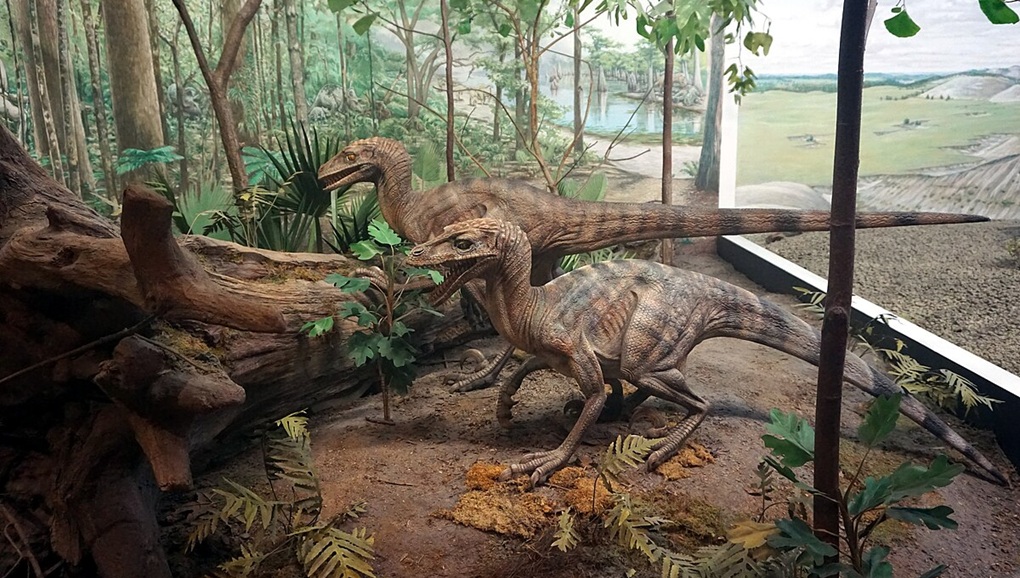The question of what dinosaurs ate for breakfast opens a fascinating window into the dietary habits of these prehistoric creatures that dominated Earth for over 165 million years. While dinosaurs didn’t observe the human concept of scheduled meals like breakfast, lunch, and dinner, examining their morning feeding behaviors provides valuable insights into their survival strategies and ecological roles. Through fossil evidence, comparative anatomy, and the study of modern relatives like birds and reptiles, paleontologists have pieced together a compelling picture of dinosaur diets across different species. This article explores what various dinosaurs might have consumed during their morning activities, how their diets differed across species, and what these feeding patterns reveal about dinosaur biology and prehistoric ecosystems.
The Concept of “Breakfast” in the Dinosaur World
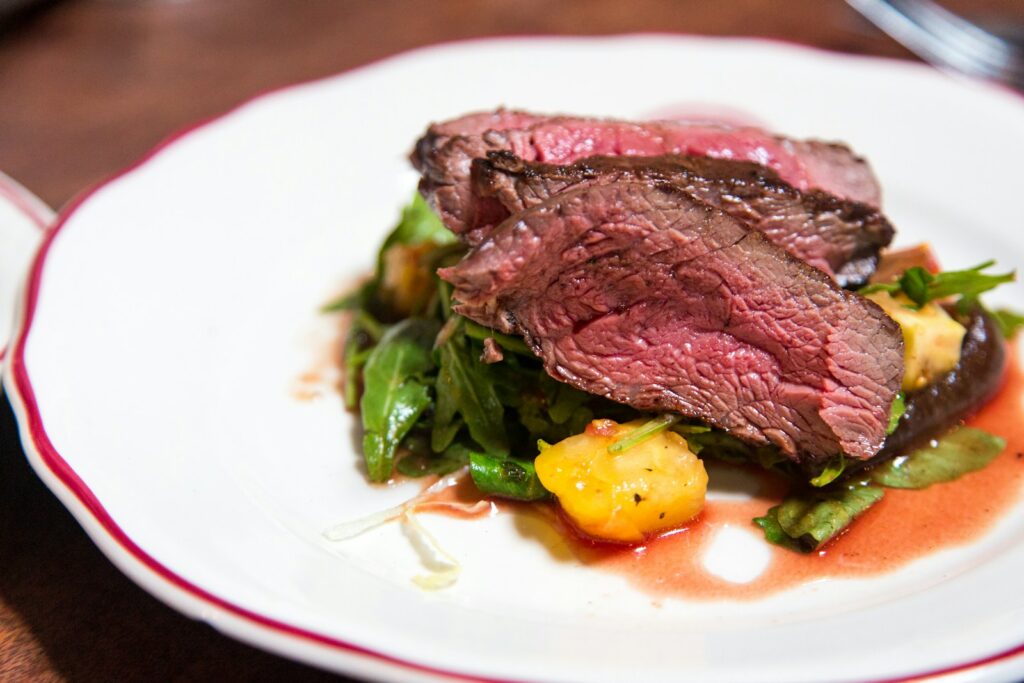
Unlike humans with our cultural meal traditions, dinosaurs didn’t conceptualize their feeding in terms of breakfast, lunch, and dinner. Instead, their eating patterns were driven by evolutionary adaptations, environmental factors, and physiological needs. Many dinosaur species likely consumed food based on opportunity and availability rather than specific times of day. However, for many active species, morning feeding would have been important after periods of nighttime inactivity, especially for those that may have experienced cooler overnight temperatures that slowed their metabolism. Morning sun would have warmed their bodies, increasing energy needs and prompting feeding behaviors. This pattern is particularly evident in many modern reptiles, which often become more active hunters or grazers in the morning hours as their body temperature rises.
Herbivorous Dinosaurs and Their Morning Grazing
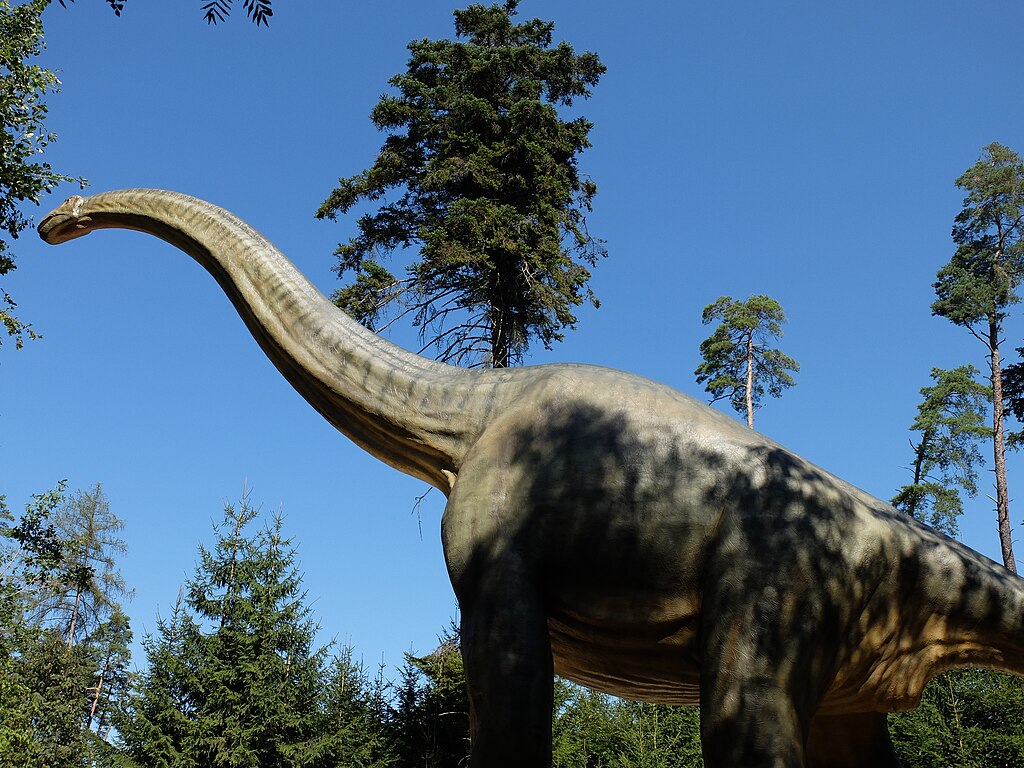
Plant-eating dinosaurs like the long-necked sauropods (including Brachiosaurus and Diplodocus) would likely have begun their mornings by consuming vast quantities of vegetation. These enormous creatures needed to eat continuously throughout the day to sustain their massive bodies, possibly consuming hundreds of pounds of plant material daily. Morning feeding for these herbivores might have focused on leaves from tall conifers and tree ferns, which would have collected dew overnight, providing both nutrition and hydration. Some paleontologists theorize that sauropods may have been most active during cooler morning hours, when their massive bodies would be less prone to overheating, making this an ideal time for intensive feeding. Evidence from fossilized stomach contents and coprolites (fossilized feces) reveals that these dinosaurs consumed a variety of plant materials including ferns, cycads, conifers, and ginkgoes.
Carnivorous Theropods and Their Hunting Patterns
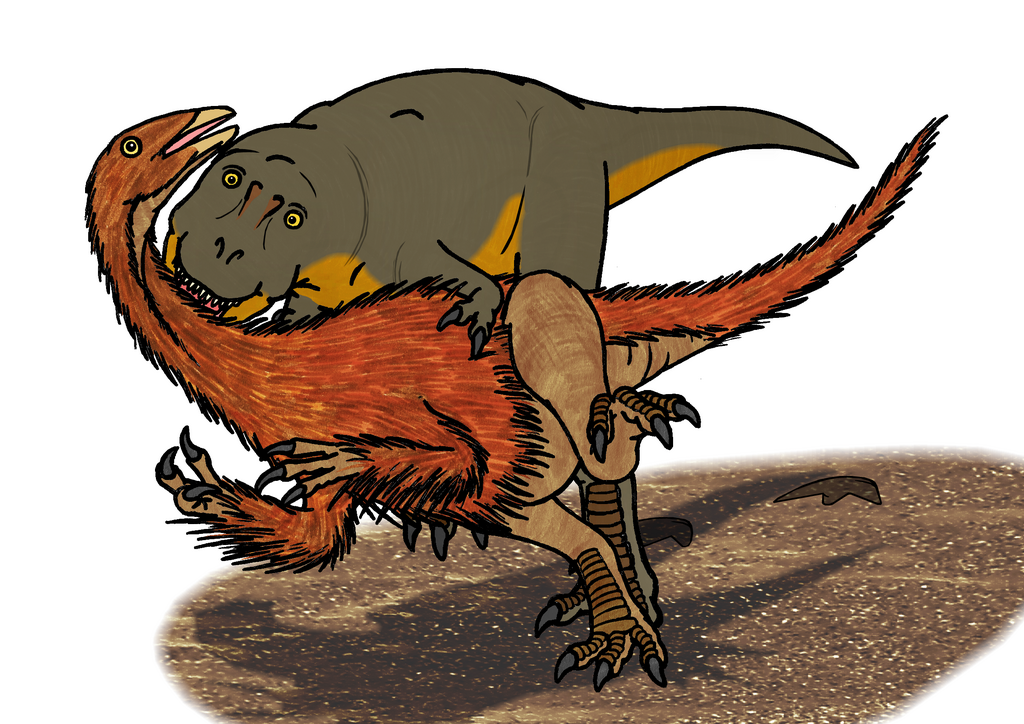
Predatory dinosaurs like Tyrannosaurus rex and Velociraptor likely had hunting patterns influenced by the activity cycles of their prey. Many modern predators hunt most actively at dawn and dusk (crepuscular behavior), and it’s reasonable to hypothesize that theropod dinosaurs followed similar patterns. Morning hunts would have capitalized on good visibility while temperatures remained cool enough for sustained activity. For smaller theropods, morning might have been prime time to hunt lizards, primitive mammals, and small dinosaurs as these prey animals emerged from nighttime hiding spots. Larger predators might have targeted herbivorous dinosaurs gathering at watering holes for their morning drink or caught them while they were distracted by their own morning feeding. Some evidence suggests that certain theropods may have hunted in packs, using the cooler morning hours for coordinated attacks before the heat of the day set in.
Omnivorous Dinosaurs and Their Varied Diet
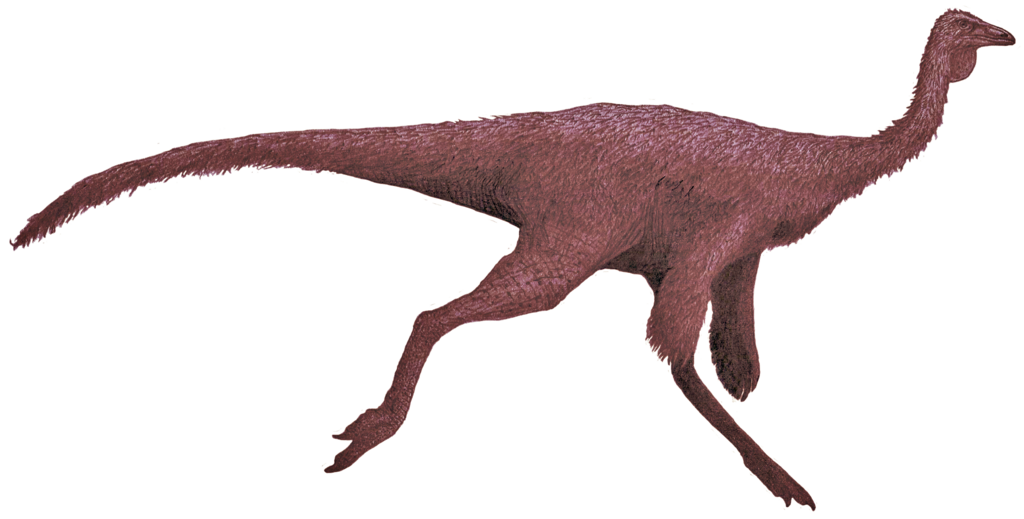
Omnivorous dinosaurs like Ornithomimus and some ornithopods would have had the most varied “breakfast” options, consuming both plant matter and small animal prey. Their morning menu might have included fruits, seeds, insects, small vertebrates, and eggs. This dietary flexibility allowed omnivorous species to adapt to changing food availability and environmental conditions. Morning foraging for these dinosaurs likely involved scratching through leaf litter for insects and small animals that were active in the cooler temperatures, similar to modern ground birds. Fossil evidence from ornithomimids shows adaptations for both plant processing and meat consumption, suggesting a diet that could vary seasonally or opportunistically. Some specimens have been found with preserved stomach contents containing both plant material and small animal remains, confirming their varied diet.
Ceratopsians and Their Specialized Plant Diet
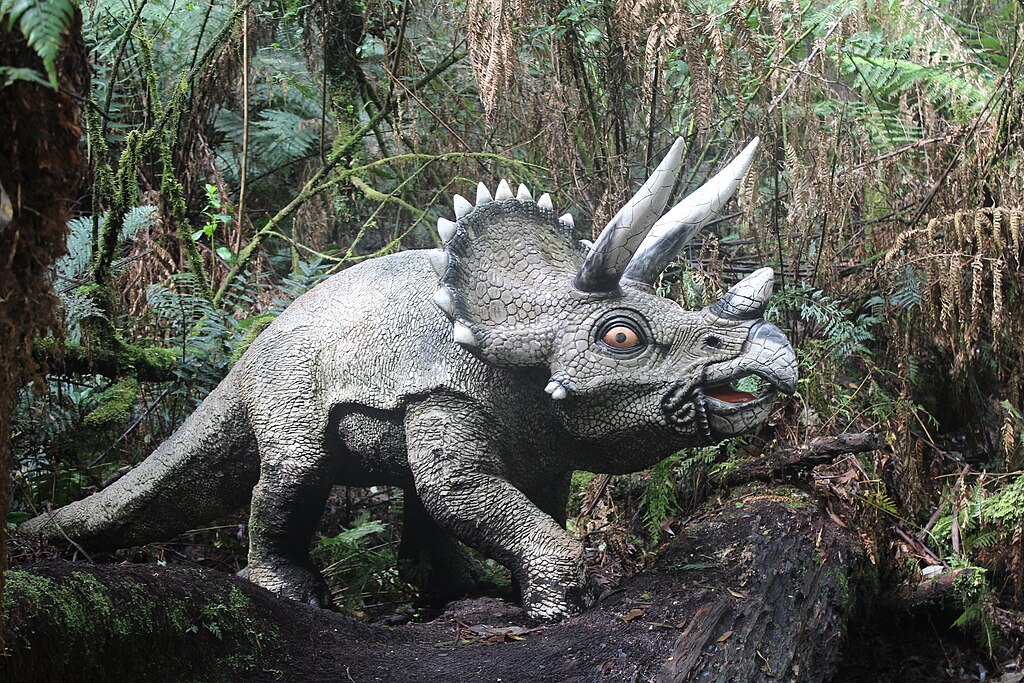
Horned dinosaurs like Triceratops possessed specialized beaks and dental batteries that allowed them to process tough plant material with remarkable efficiency. Their morning meals likely consisted of low-growing vegetation, including ferns, cycads, and flowering plants that were beginning to appear in the late Cretaceous period. These dinosaurs may have used their powerful beaks to crop vegetation close to the ground during the early hours when plants were still moist with dew. The specialized jaw structure of ceratopsians allowed for a slicing action rather than simple crushing, enabling them to process fibrous plant material more effectively than many other herbivores. Recent studies of Triceratops teeth show complex wear patterns indicating they fed selectively on different plant parts, possibly focusing on more nutritious new growth during morning feeding sessions when they needed to replenish energy after the night.
How Hadrosaurs Started Their Day

Duck-billed dinosaurs (hadrosaurs) possessed some of the most sophisticated dental arrangements in the dinosaur world, with complex dental batteries containing hundreds of teeth. These dinosaurs likely began their day by feeding on low to mid-level vegetation, including leaves, twigs, and possibly fruits when available. Their specialized jaws allowed for both cropping and grinding actions, making them highly efficient plant processors. Morning feeding for hadrosaurs may have been a social activity, with evidence suggesting these dinosaurs lived in large herds that moved together through feeding grounds. Their sophisticated chewing apparatus meant they could extract more nutrition from plant material than many other herbivores, potentially requiring less overall feeding time. Studies of coprolites associated with hadrosaurs reveal a diet rich in conifers and flowering plants, showing they were adaptable feeders capable of processing multiple plant types.
The Breakfast Habits of Stegosaurs and Ankylosaurs
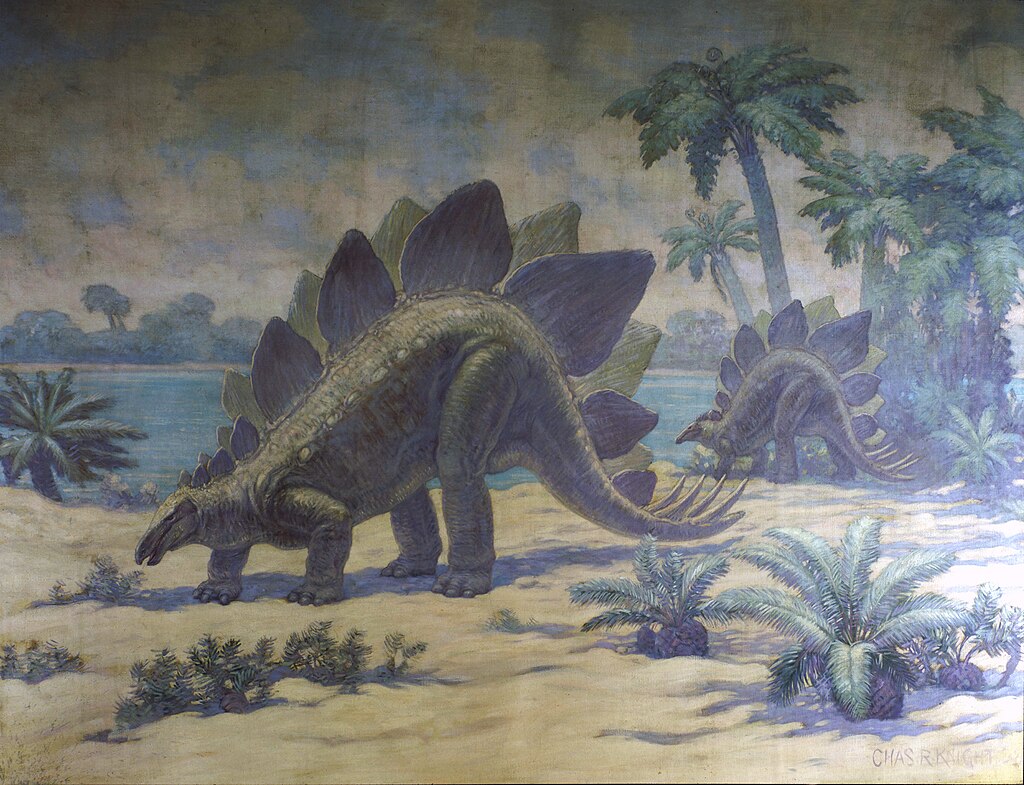
The heavily armored dinosaurs, including stegosaurs and ankylosaurs, were low-browsing herbivores that likely began their days feeding on ground-level vegetation. Their relatively small heads and simple teeth suggest they performed minimal processing of plant material in the mouth, instead relying on fermentation in large gut chambers to extract nutrients. Morning feeding for these dinosaurs would have involved cropping ferns, cycads, and other low-growing Mesozoic plants with their narrow beaks. Their low-slung posture meant they were specialized for consuming vegetation within about one meter of the ground, focusing on different plant resources than the high-browsing sauropods. This niche specialization allowed multiple types of herbivorous dinosaurs to coexist in the same ecosystems without direct competition. Research suggests that ankylosaurs had particularly selective diets, possibly focusing on specific types of vegetation that were more abundant in the morning hours when plants released higher levels of nutrients.
Small Dinosaurs and Their Insectivorous Diet
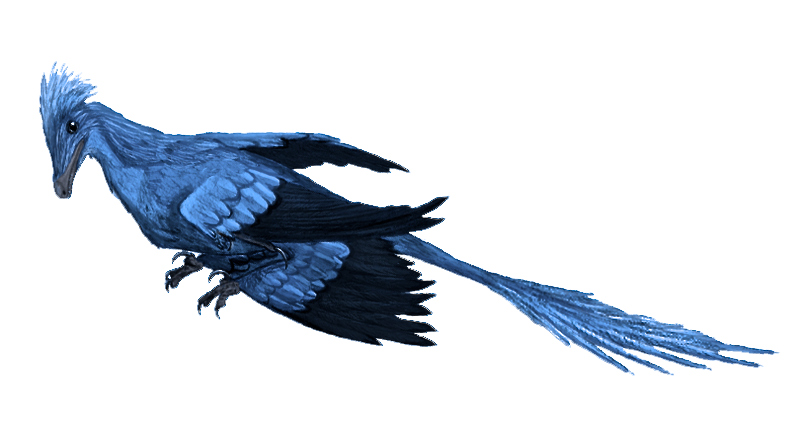
Many small dinosaurs, particularly certain theropods and early birds, likely began their day hunting insects and other invertebrates. Morning would have been an ideal time for this activity, as many insects become active with the warming temperatures but haven’t yet reached their peak activity levels, making them easier targets. Dinosaurs like Microraptor and Archaeopteryx show adaptations consistent with insect consumption, including small, sharp teeth and lightweight bodies suited for quick movements. Insect-eating dinosaurs may have used the early morning hours to catch prey like dragonflies, beetles, and early flies that were still sluggish from the cool night temperatures. Fossil evidence, including stomach contents from exceptionally preserved specimens, has revealed insect remains in the digestive tracts of several small dinosaur species. Some of these dinosaurs may have supplemented their insect diet with fruits, seeds, and occasional small vertebrate prey, similar to many modern insectivorous birds.
The Role of Morning Drinking in Dinosaur Diets

Accessing water sources would have been an important morning activity for many dinosaurs, particularly in hot or arid environments. Morning visits to watering holes or rivers would have allowed dinosaurs to rehydrate after the night and prepare for the active feeding period ahead. These gathering points would have created complex ecological interactions, with herbivores remaining vigilant for predators while carnivores potentially used these locations as hunting grounds. Evidence for such behavior comes from multiple fossil sites where trackways show many dinosaur species converging at ancient water sources. For herbivores that consumed dry plant material, morning drinking would have been essential for proper digestion, especially for those that relied on fermentation processes in their gut. Some dinosaurs may have obtained significant moisture from morning dew on vegetation or from consuming plants with high water content, reducing their need to visit potentially dangerous communal water sources.
Seasonal Variations in Dinosaur “Breakfast”
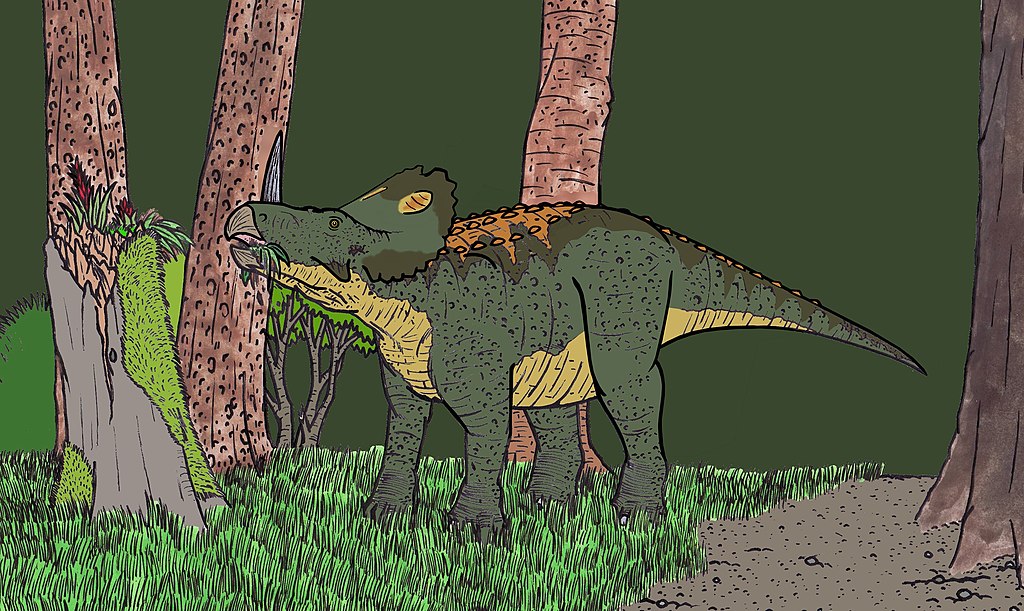
Dinosaur diets almost certainly varied seasonally, with “breakfast” options changing based on plant growth cycles and prey availability. During flowering and fruiting seasons, many herbivores and omnivores would have taken advantage of these nutrient-rich food sources in their morning feeding. Seasonal migrations may have also influenced what dinosaurs ate for their morning meals, as they moved to follow food sources or more favorable climates. Evidence for seasonal dietary shifts comes from growth rings in fossil bones and teeth that show periods of abundance and scarcity. Some dinosaurs may have gorged themselves during morning feeding sessions in times of plenty, building up fat reserves for leaner seasons. This pattern is observed in many modern animals and would have been particularly important for dinosaurs living in environments with distinct wet and dry seasons or those at higher latitudes with significant seasonal temperature variations.
How Baby Dinosaurs Started Their Day
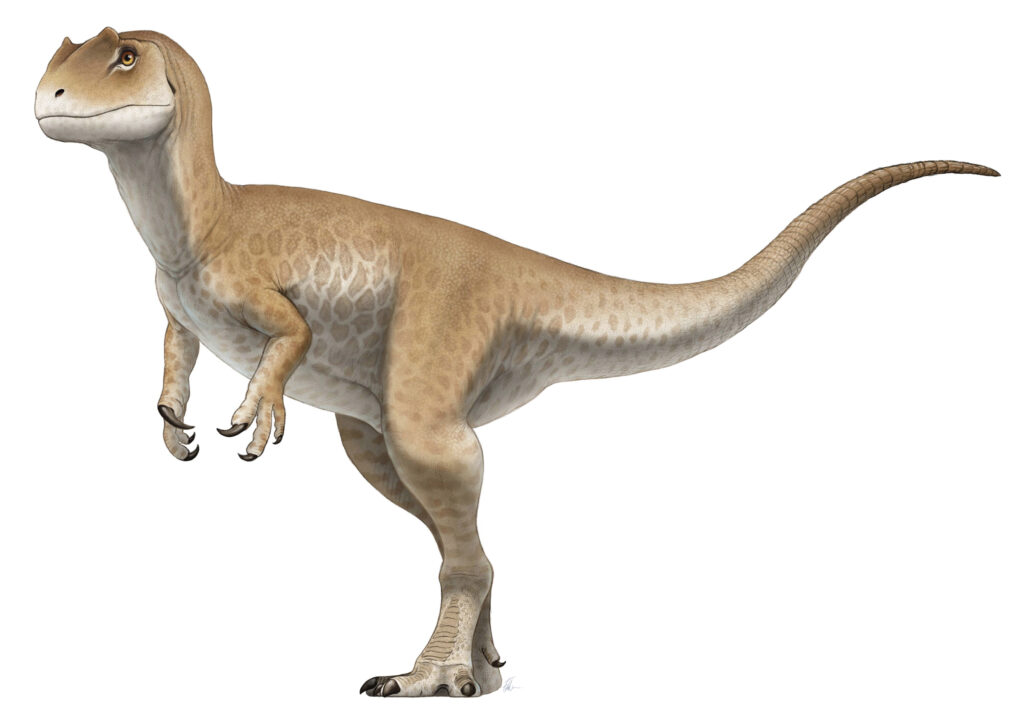
Juvenile dinosaurs likely had different morning feeding requirements than adults of the same species. Young carnivores might have focused on smaller prey like insects, lizards, and small mammals that they could catch and subdue. Evidence suggests that some juvenile dinosaurs may have occupied different ecological niches than adults, avoiding direct competition with their larger counterparts. For example, young sauropods may have browsed on lower vegetation before growing tall enough to reach the canopy feeding zones dominated by adults. Morning feeding for hatchlings and juveniles would have been particularly critical for supporting their rapid growth rates, with some dinosaur species potentially growing several kilograms per day during peak development periods. Parental care has been documented in some dinosaur species, suggesting that adults may have assisted in morning food gathering for their young, either by regurgitating food or leading them to appropriate feeding grounds.
What Fossil Evidence Tells Us About Dinosaur Diets

Our understanding of dinosaur diets comes from multiple lines of evidence, including tooth morphology, jaw mechanics, fossilized stomach contents, and coprolites. Tooth wear patterns provide particularly valuable insights, showing how different dinosaurs processed their food and what textures they commonly encountered. For instance, the scratched teeth of carnivores indicate contact with bone, while the polished surfaces of herbivore teeth show wear from silica-rich plants. Direct evidence of morning feeding is rare in the fossil record, but occasionally, exceptional fossils preserve dinosaurs that died shortly after eating, providing a snapshot of their recent meals. Isotopic analyses of fossil teeth can reveal information about diet by showing where dinosaurs fit in ancient food webs, sometimes indicating whether they were pure herbivores, carnivores, or had more omnivorous tendencies. Coprolites (fossilized feces) provide perhaps the most direct evidence of dinosaur diets, sometimes preserving recognizable plant fragments or bone pieces that passed through the dinosaur’s digestive system.
Modern Analogues: What Birds and Reptiles Tell Us About Dinosaur Feeding
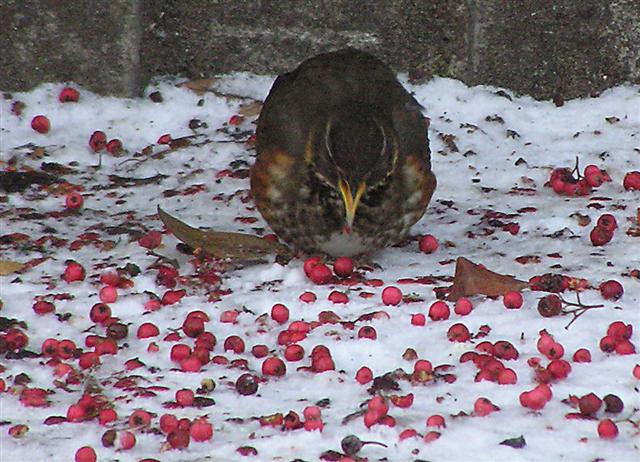
As the closest living relatives of dinosaurs, modern birds provide valuable insights into possible dinosaur feeding behaviors, including morning activities. Many birds are most active in their feeding during early morning hours, taking advantage of insect activity and optimal temperatures. Reptiles like crocodilians and large lizards show temperature-dependent feeding patterns that likely mirror those of their dinosaur relatives, becoming more active hunters as the morning sun warms their bodies. The specialized digestive systems of modern herbivorous birds and reptiles, such as foregut fermentation in hoatzins or hindgut fermentation in iguanas, offer models for understanding how dinosaurs might have processed plant materials. By studying the morning feeding behaviors of modern birds and reptiles in various ecological niches, paleontologists can develop more accurate hypotheses about dinosaur feeding patterns. These modern analogues help scientists reconstruct not just what dinosaurs ate, but how they ate it and when they were most likely to be actively feeding.
While dinosaurs didn’t sit down to cornflakes or scrambled eggs, examining their morning feeding behaviors provides fascinating insights into their biology and ecology. From massive sauropods browsing on treetops heavy with morning dew to velociraptors hunting prey emerging at dawn, dinosaurs employed diverse feeding strategies adapted to their specific ecological niches. Through careful analysis of fossil evidence and comparison with modern relatives, paleontologists continue to refine our understanding of dinosaur diets. Though separated from us by millions of years, these incredible creatures followed biological imperatives that still govern animal behavior today—the need to fuel their bodies efficiently after periods of rest, taking advantage of the unique feeding opportunities presented by the early hours of the day. This glimpse into dinosaur “breakfast” habits offers not just scientific knowledge, but a vivid window into the daily lives of Earth’s most magnificent prehistoric inhabitants.

